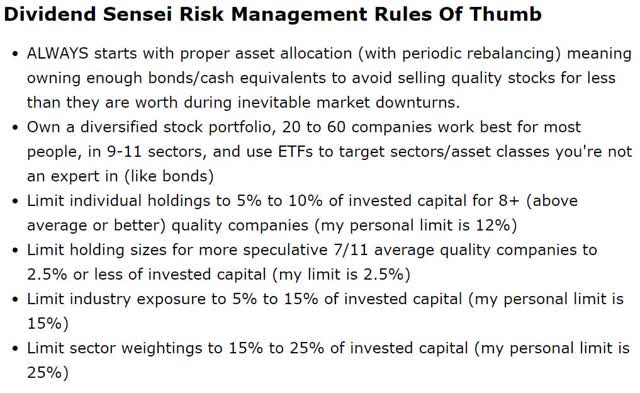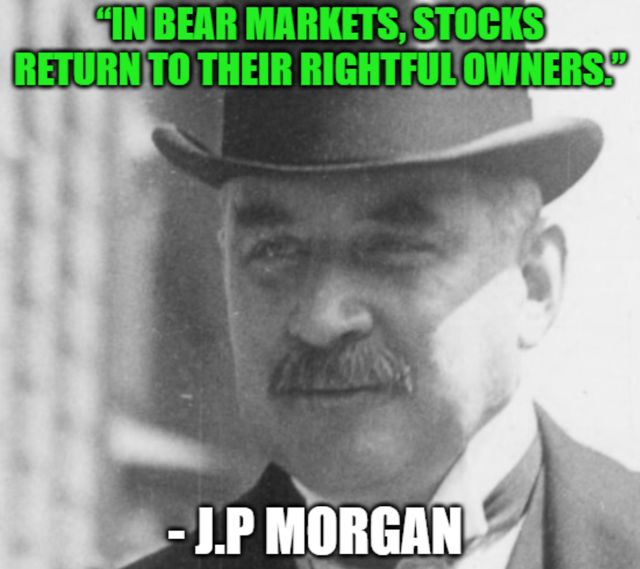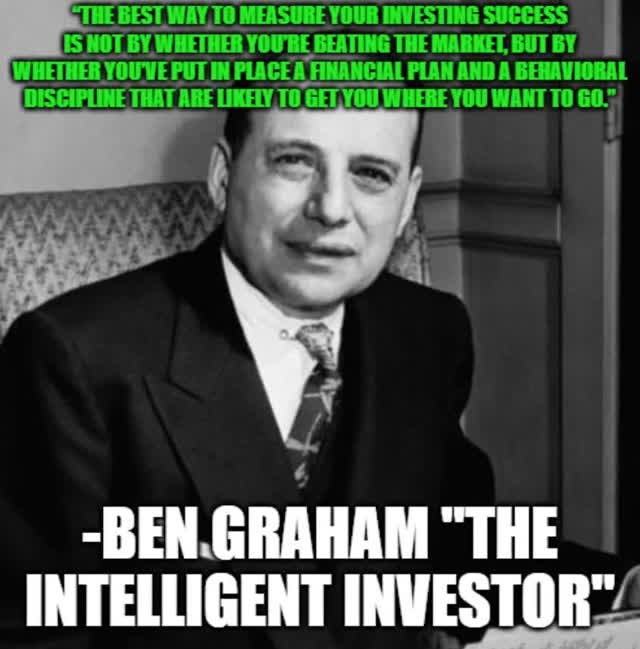Based on this transcript from 1M65's live session.
Here are the main points useful for an investor, focusing on his "crash buying" strategy and financial planning advice.
Core Philosophy: Crash Buying
The strategy is about systematically buying during market downturns to manage fear and capitalize on lower prices. It's not about predicting the bottom, but about having a disciplined plan.
The Science & Statistics Behind the Strategy
This is the core of the lesson. The strategy is based on historical frequency and recovery times of market drawdowns.
1. Frequency of Market Crashes (Based on 100 years of S&P 500 data):
-10% Drawdown: Very common. Happens about every 3 years.
-15% Drawdown: Uncomfortable but still common. Happens about every 4-5 years.
-20% Drawdown (Official Bear Market): Serious. Happens about every 6-7 years.
-25% Drawdown: Rare. Happens about every 10 years.
-30% Drawdown: Very rare. Happens about every 15 years (e.g., COVID crash).
-40% Drawdown: Extremely rare. Only 4 times in 100 years.
-50%+ Drawdown: Once in a generation. Only 2 times in 100 years (Great Depression, 2008).
Key Takeaway: Waiting for a 40-50% crash means you might wait a lifetime. Understanding this frequency removes the fear of "missing the bottom" and informs when to deploy capital.
2. Recovery Time After Buying:
If you buy early (e.g., at -10%), you may have to wait longer to break even (potentially 3-4 years in a major crisis) as the market could fall further.
If you buy later/deeper (e.g., at -20% or -25%), the recovery time to breakeven is historically shorter.
Conclusion: The deeper the entry point, the shorter the historical recovery time, but the higher the chance you'll miss the dip entirely if the crash isn't that severe.
The "Spread Out" Execution Plan
Based on the above statistics, 1M65 advocates a graduated, spread-out approach:
Start small at -10%: Since -10% corrections are common and recovery can be long, take a small position.
Increase size at -15%: Take a medium-sized position.
Go "heavy" or "big" at -20% to -25%: Since bear markets are less frequent, this is where you deploy larger portions of your dry powder. This balances the probability of the event with the benefit of a faster recovery.
Consider going "all-in" at -30%: These events are very rare and may justify using most of your remaining capital.
Essential Prerequisites for Crash Buying
You cannot execute this strategy successfully without preparation:
Financial Safety Net: Have secure emergency funds and insurance so you don't need to touch invested funds.
Dry Powder: Always have cash/liquid reserves ready to deploy. He references Warren Buffett keeping ~1/3 in cash.
Sources of Dry Powder: Cash, CPF Ordinary Account (OA), Supplementary Retirement Scheme (SRS).
Deployment Order: Use the funds with the lowest return and highest liquidity first (e.g., SRS, then OA, then cash last).
Emotional Neutrality: You will see losses on early purchases. You must be prepared psychologically to hold through further declines without panic. This is about "heart, not mind."
What to Buy
Avoid individual stock picking. He considers it very dangerous.
Recommended: A globally diversified portfolio or broad index fund (like S&P 500). He mentions using Endowus for his CPF/SRS funds.
Warning: Avoid leveraged ETFs (e.g., TQQQ) due to existential risk of wipeout in a severe crash.
Key Miscellaneous Investor Insights
It's a form of DCA: Crash buying is essentially Dollar-Cost Averaging down during a specific event, after which you hold.
Don't try to time the rebound: It's very difficult. It's easier and more systematic to buy on the way down.
Missing a crash is okay: There will always be another one. It's better to miss an opportunity than to be unprepared and panic-sell.
Overall Summary for an Investor
1M65's crash buying is a statistically-informed, disciplined capital deployment strategy designed to overcome emotional fear. The core is understanding that severe crashes are rare, so you must start buying early with small sizes, but reserve your largest investments for the statistically significant -20% to -25% drawdowns. Success depends entirely on preparation: having secure finances, ready cash, and the emotional fortitude to watch temporary losses. The goal is not to catch the bottom, but to ensure you are buying a significant portion of your portfolio at historically low average prices.
https://www.youtube.com/watch?v=Rr88UXBuGlU&t=1918s




